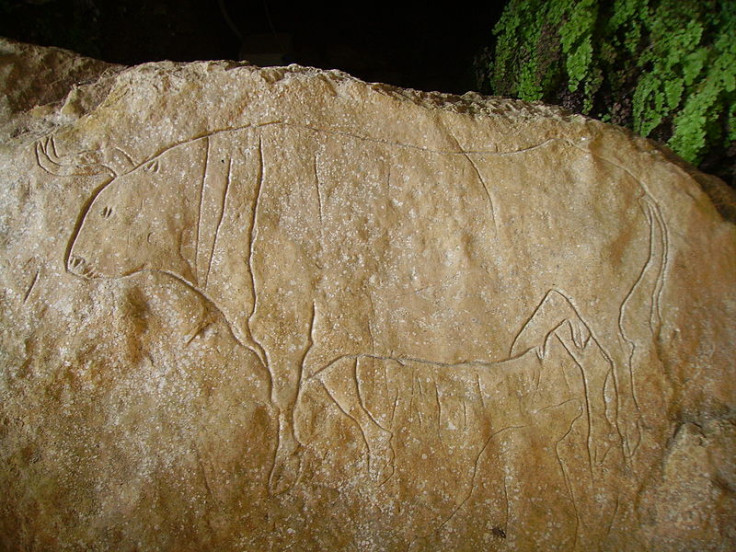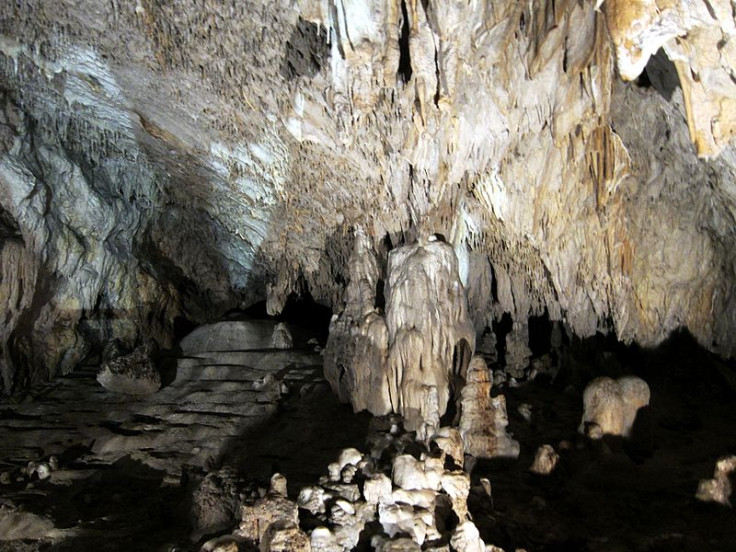Italy: Palaeolithic child's brain reconstructed by scientists for first time
Scientists recreate 17,000-year-old brain with 3D-scanning and advanced computer technology.

The brain of a Palaeolithic child that died 17,000 years ago is set to be reconstructed by scientists. The team was able to use imprints of the brain left on a skull belonging to a boy who died between the ages of 10 and 12 – an age when the bone would still be soft and the brain growing.
Using 3D scans and advanced computer technology, a team of researchers were able to use this imprint to create a model of it. "For the first time we can reach out and touch a Palaeolithic brain," said Fabio Martini, archaeologist at the University of Florence, who presented the findings at a press conference at the UNESCO Global Geoparks conference.
GROTTA DEL ROMITO APPUNTAMENTO CON LA STORIA E LE EMOZIONI pic.twitter.com/V3hexhDK8l
— giuseppe (@comunicarebene) July 7, 2016
The skull was unearthed during an excavation at the Grotta del Romito, one of the most important Palaeolithic sites in Italy. The area is known for its rock art and multiple burials. It was occupied between 24,000 and 10,000 years ago – a period marked by considerable climate change.

Martini said one of the "most striking results" was the discovery of the brain cast. He said the team is aiming to have finished the reconstruction by the end of the year. This will provide the first ever morphological structure of Palaeolithic brain.
"The pressure of the brain growing against the still soft bone left tracks, or an imprint, on the inside of the skull. This means we can create a three-dimensional cast to the smallest details of his brain... So for the first time we can reach out and touch a Palaeolithic brain. For the first time [advanced computers] can show us what he was like a brain to 17,000 years ago."

© Copyright IBTimes 2025. All rights reserved.






















